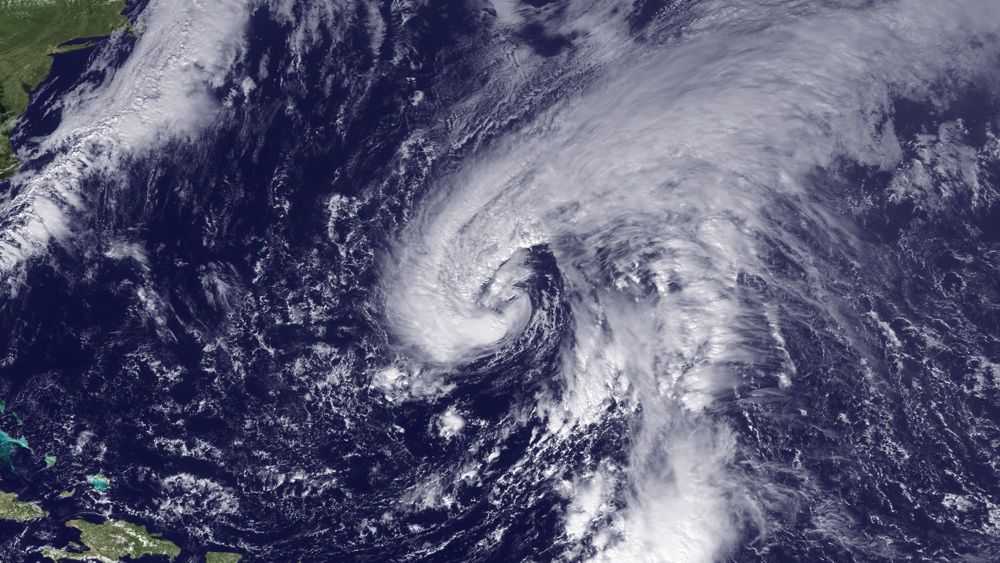Subtropical Storm Melissa Forms, Breaks Long Lull

It's been 25 days since the Atlantic Ocean has seen a tropical disturbance, but that long lull has ended with the formation of Subtropical Storm Melissa earlier today (Nov. 18).
Melissa, the 13th named storm of the 2013 Atlantic hurricane season, currently has sustained winds of 50 mph (85 km/h). The storm is located some 700 miles (1,100 kilometers) east-southeast of Bermuda and isn't a threat to any land.
Forecasters with the U.S. National Hurricane Center (NHC) expect Melissa to strengthen over the next couple of days, and expect it to transition to a tropical storm by tomorrow. A subtropical cyclone, like Melissa is now, has characteristics of both tropical and extratropical storms. Tropical cyclones feature closed circulations around a clear center (the iconic "eye" of the storm) and don't feature any weather fronts, like those that cause regular thunderstorms; they are driven by the warm ocean waters that fuel convection. Extratropical cyclones, in contrast, are driven by the temperature difference between warm and cold air masses and have associated fronts.
Subtropical storms, like their tropical cousins, originate over warm tropical waters and feature closed circulations without fronts, but like extratropical storms, they derive much of their energy from the temperature difference between air masses, according to the NHC. Subtropical storms also have winds that typically extend further from the storm's center than tropical storms.
Melissa will likely only be a tropical storm for a couple days, before dying out over the North Atlantic as it moves over colder waters on its way northeastward.
While Melissa isn't expected to hit land, it is amping up the surf around the Atlantic basin, specifically in Bermuda, the Leeward Islands, Puerto Rico, Hispaniola and the southeastern Bahamas.
While tropical storms and hurricanes are less likely to form this time of year than at the peak of the hurricane season (from August through early October), the official season lasts until Nov. 30. Storms have even formed after this date.
Sign up for the Live Science daily newsletter now
Get the world’s most fascinating discoveries delivered straight to your inbox.
Follow Andrea Thompson @AndreaTOAP, Pinterest and Google+. Follow us @livescience, Facebook & Google+. Original article on LiveScience.

Andrea Thompson is an associate editor at Scientific American, where she covers sustainability, energy and the environment. Prior to that, she was a senior writer covering climate science at Climate Central and a reporter and editor at Live Science, where she primarily covered Earth science and the environment. She holds a graduate degree in science health and environmental reporting from New York University, as well as a bachelor of science and and masters of science in atmospheric chemistry from the Georgia Institute of Technology.











